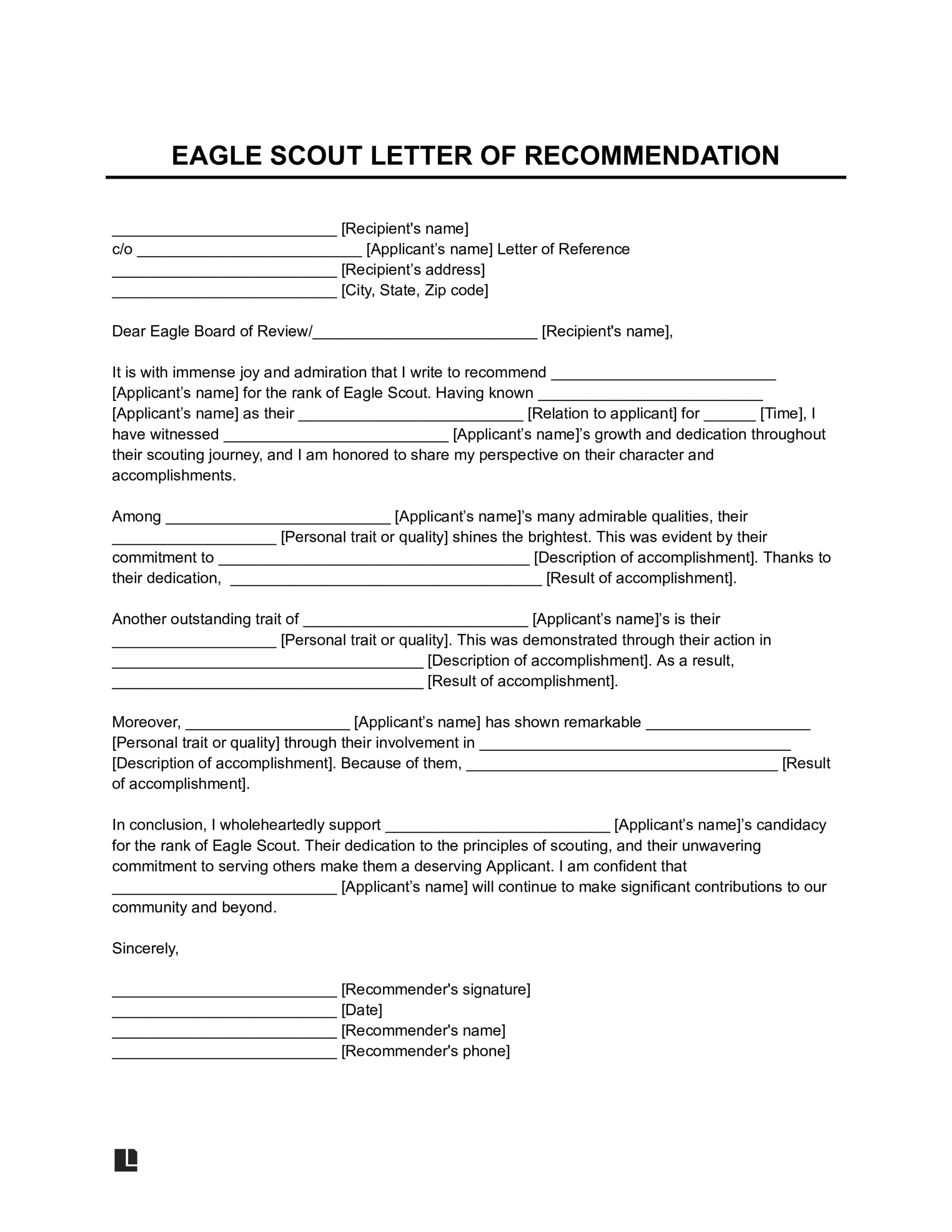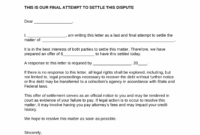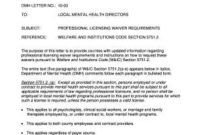Achieving the rank of Eagle Scout is a monumental accomplishment, representing years of dedication, leadership, and service within the Boy Scouts of America. It’s not just a badge; it’s a testament to a young person’s character, perseverance, and commitment to the values of Scouting. The journey culminates in an application process that includes several crucial components, not least among them are the letters of recommendation from individuals who have seen the scout’s growth and embodiment of the Scout Law firsthand. These letters play a pivotal role in presenting a comprehensive picture of the candidate to the Eagle Board of Review.
For many recommenders, especially those who aren’t deeply familiar with the specifics of the Eagle Scout application, writing such a letter can feel a bit daunting. They want to provide the best possible support but might be unsure about what information to include or how to structure their thoughts effectively. This is where an eagle scout reference letter template can be incredibly helpful. It provides a foundational structure, guiding recommenders to articulate their observations and experiences in a way that truly highlights the scout’s qualifications for this esteemed rank.
What Makes a Great Eagle Scout Reference Letter?
A truly impactful Eagle Scout reference letter goes far beyond a mere endorsement. It serves as a vital piece of the puzzle, offering external validation of the scout’s character, leadership abilities, and commitment to service from trusted adults who have observed them in various capacities. The Eagle Board of Review relies on these insights to gain a holistic understanding of the candidate, looking for specific examples that demonstrate the qualities intrinsic to an Eagle Scout. It’s about painting a vivid picture, not just stating facts.
The most effective letters articulate how the scout exemplifies the principles of the Scout Law – trustworthy, loyal, helpful, friendly, courteous, kind, obedient, cheerful, thrifty, brave, clean, and reverent – through concrete actions and experiences. They don’t just say a scout is a “good leader”; they provide a situation where the scout took charge, motivated others, and achieved a positive outcome. They highlight instances of service, showing how the scout has given back to their community without expectation of reward.
Key Elements to Include
- Your relationship with the candidate and the duration of your acquaintance. For example, are you a teacher, a religious leader, an employer, or a community volunteer? How long have you observed them?
- Specific examples that illustrate the candidate’s leadership skills. Did they lead a team, organize an event, or guide younger scouts?
- Demonstrations of their character, such as integrity, responsibility, and perseverance. How have they handled challenges or difficult situations?
- How the candidate embodies particular points of the Scout Law in their daily life and interactions. Pick a few that resonate most strongly with your observations.
- Their commitment to service beyond what’s required, including their Eagle Scout Project and other volunteer efforts.
- A clear statement about why you believe they are deserving of the Eagle Scout rank, based on your personal observations.
Remember, the goal is to “show, don’t tell.” Instead of simply listing positive adjectives, provide compelling narratives. An anecdote about how the scout took initiative to help a struggling peer, or how they meticulously planned and executed a complex task, speaks volumes more than a blanket statement of “they are helpful and organized.” These stories are what bring the letter to life and make a lasting impression on the review board. A personal touch, filled with sincerity and genuine reflection, will always stand out.

Tips for Using an Eagle Scout Reference Letter Template Effectively
While an eagle scout reference letter template can be an invaluable starting point, it’s crucial to understand its role as a guide rather than a rigid script. The purpose of a template is to provide a framework, ensuring that all necessary information is considered and that the letter follows a professional structure. However, the true power of a recommendation lies in its personalization, reflecting the unique qualities and experiences of the individual scout being recommended. Simply filling in names and dates will result in a generic letter that fails to convey the depth of the scout’s character.
To truly shine, a reference letter must be tailored specifically to the scout in question. Recommenders should use the template as a checklist, prompting them to recall specific anecdotes and observations that illustrate the scout’s leadership, character, and service. Think about the most memorable interactions or projects where the scout demonstrated exceptional qualities. These specific details are what differentiate a powerful endorsement from a perfunctory one, making the scout’s application more compelling.
Scouts themselves can play an active role in helping their recommenders craft outstanding letters. By providing some useful materials, they can refresh the recommender’s memory and ensure that key achievements and projects are highlighted. This collaborative approach benefits everyone involved, leading to a more comprehensive and impactful letter.
- Provide recommenders with sufficient time before the deadline, ideally several weeks.
- Share a copy of your Scouting resume, outlining ranks, merit badges, leadership positions, and key accomplishments.
- Offer details about your Eagle Scout Project, including its purpose, your role, and the impact it had.
- Remind them of specific instances where you believe you demonstrated traits like leadership, integrity, or perseverance in their presence.
- Include any specific instructions from the Eagle Board of Review regarding submission, such as an address or email.
Ultimately, the most effective letters are those that come from a place of genuine admiration and careful reflection. An eagle scout reference letter template helps organize these thoughts, but the authentic voice of the recommender, combined with specific examples, is what truly elevates the message. It helps the Eagle Board of Review see the scout not just as a candidate, but as a future leader.
Crafting a strong reference letter is an important contribution to a scout’s journey towards the prestigious Eagle rank. These letters provide critical insights that complement the application materials, offering personal perspectives on the scout’s character, leadership, and commitment. By taking the time to write a thoughtful and detailed letter, recommenders play a significant role in affirming the scout’s readiness for this distinguished honor.
The achievement of Eagle Scout is a profound milestone that shapes a young person’s future and leaves a lasting impact on their community. A well-written reference letter not only supports their current application but also stands as a testament to their past efforts and future potential. It’s a wonderful opportunity to recognize and celebrate the dedication of a remarkable young individual.


